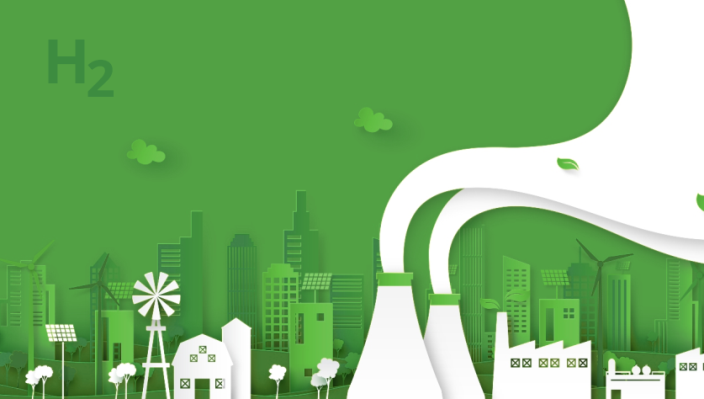Free Courses Sale ends Soon, Get It Now


Free Courses Sale ends Soon, Get It Now



Disclaimer: Copyright infringement not intended.
Context
What is green hydrogen?
Must Read: https://www.iasgyan.in/daily-current-affairs/pure-green-hydrogen
Green Hydrogen Policy
Note: India’s Green Hydrogen Policy announcement comes promptly, as the country pledged to be carbon-neutral by 2070 at the COP-26 summit in Glasgow last year.
Green Hydrogen Policy
Policy Attributes
The policy offers a range of incentives to lure investors to bet on the development of green hydrogen and green ammonia:
|
Notably, the notification does not speak about ‘cross-subsidy charges’, which is in the states’ domain, but it is expected that the government would prevail upon the state governments to waive these charges for GH |
Significance and Challenge
Way Forward
Green Hydrogen Consumption Obligation
Indigenously manufactured Electrolysers
A Positive Step Forward
|
TRIVIA At the 26th Session of the Conference of Parties (COP-26) to the United Nations Framework Convention on Climate Change (UNFCCC) in Glasgow, in November 2021, India has made the following announcements: · India's non-fossil energy capacity to reach 500 GW by 2030. · India will meet 50 per cent of its energy requirements with renewable energy by 2030. · India will reduce its total projected carbon emissions by one billion tonnes from now to2030. · India will reduce the carbon intensity of its economy by 45 per cent by 2030, over 2005levels. • By 2070, India will achieve the target of net-zero emissions. |
© 2024 iasgyan. All right reserved